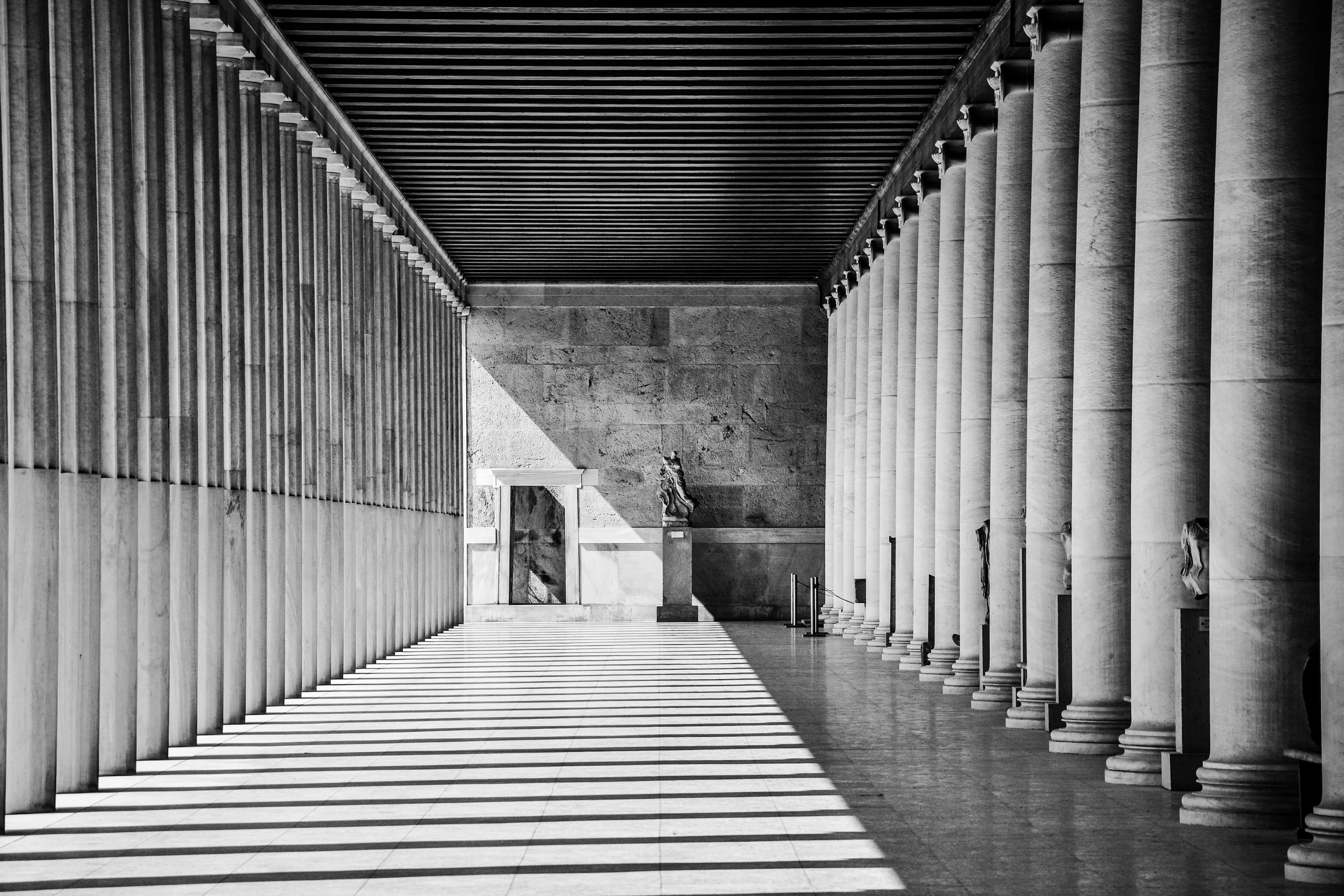The manner in which a city holds memories is interesting. There’s been a lot of discussion about monuments recently and whether or not they commemorate oppression. Does Trafalgar Square celebrate Empire at the expense of the people it suppressed in order to be an Empire? What is the difference between something like Trafalgar Square and, say, the Greek Agora, which recognises that the debate, the agon, is where the truth lies, not in one person’s argument? The way in which a stage remembers place in general, allowing itself to be occupied by particular places as the drama requires, is very different from the monument.
We have ways of inhabiting that are both personal and general. We have ways in which we can welcome others into our houses, ways in which we meet on streets. This is a kind of memory that is waiting for these typical situations to happen.


